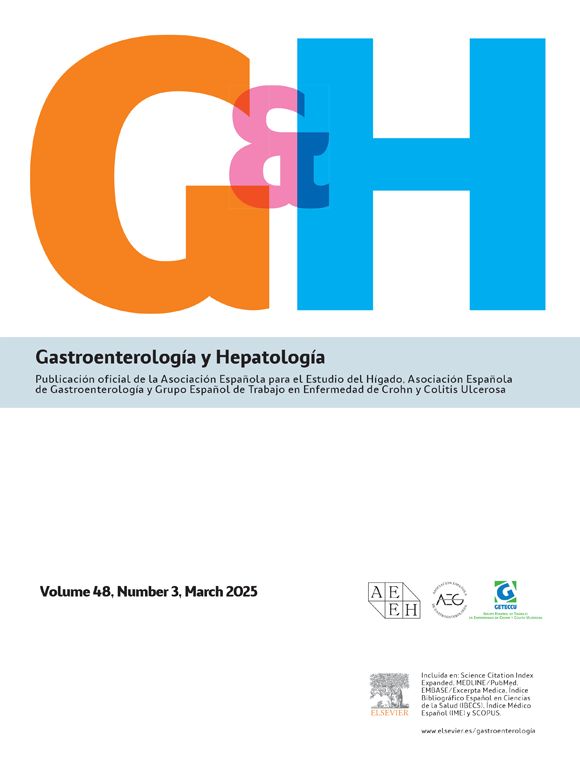For any section of this journal, except letters to the editor, the three epigraphs: Ethical considerations, Funding and Conflict of interest should be added at Essential title page information.
Ethical considerations: If the work involves the use of human subjects, the author should ensure that the work described has been carried out in accordance with The Code of Ethics of the World Medical Association (Declaration of Helsinki) for experiments involving humans; Uniform Requirements for manuscripts submitted to Biomedical journals. Authors should include a statement that informed consent was obtained for experimentation with human subjects, and all the ethical procedures were performed. The privacy rights of human subjects must always be observed. The approval of the institutional review board (IRB) or the appropriate committee must be stated in this epigraph.
Funding: You are requested to identify who provided financial support for the conduct of the research and/or preparation of the article and to briefly describe the role of the sponsor(s), if any, in study design; in the collection, analysis and interpretation of data; in the writing of the report; and in the decision to submit the article for publication. If the funding source(s) had no such involvement then this should be stated.
Conflict of interest: All authors must disclose any financial and personal relationships with other people or organizations that could influence (bias) their work, even if it is not directly related to the current manuscript. Examples of potential competing interests include employment, consultancies, stock ownership, honoraria, paid expert testimony, patent applications/registrations, and grants or other funding, as well as travel grants and participation in courses and conferences as a paid expert. If there are no interests to declare then please state this: 'Declarations of interest: none'.
ORIGINAL ARTICLES
Original research about etiology, physiopathology, pathology, epidemiology, clinical aspects, diagnosis, prognosis and treatment of the digestive diseases are recommended for this section. Analytic studies like transversal surveys, case-controls studies, cohort studies and randomized controlled trials prioritzing multicenter studies, will be preferentially considered for publication.
The article must have the following headings: Introduction; Patients and Methods; Results; and Discussion. The text is limited to a maximum of 4,000 words, not including references, abstract and figure legends. The abstract is limited to a maximum of 250 words and need to be structured. There should be no more than 30 references. The total combined number of tables and figures should not exceed 6.
REVIEW ARTICLES
Reviews of current work reflecting progress in various fields of medicine are requested from recognized specialists. Voluntary contributions will be subject to consideration by the Editorial Board. The text is limited to 4,000 words not including abstract, figure legends, and references. The abstract is limited to a maximum of 150 words and does not need to be structured. Up to 6 figures or tables will be accepted. References are limited to a maximum of 60. Up to 5 authors are accepted.
SPECIAL ARTICLES
Articles reflecting original opinions and interpretation of relevant topics, narrative and practical reviews are included in this section. Voluntary contributions will be subject to consideration by the Editorial Board. The text is limited to 4,000 words. Up to 4-5 figures or tables will be accepted. References are limited to a maximum of 30. Up to 4 authors are accepted.
CONSENSUS AND GUIDELINES STATEMENTS
Consensus documents and clinical practice guidelines must be promoted and endorsed by at least two scientific Societies, or promoted by health authorities. Authors are required to attach a letter arguing its importance to the clinical community. The consensus documents and clinical guidelines will be based on a recent systematic search, reported according to PRISMA-S 1. The analysis of the degree of evidence of the publications found will be based on guidelines such as AGREE-II 2 or GRADE 3. In case of not being able to provide first-level evidence, the authors: (1) will highlight the convenience of covering this scientific gap; and (2) explain the method used to reach consensus.
1 Systematic Reviews (2021) 10:39 https://doi.org/10.1186/s13643-020-01542-z
2 https://www.agreetrust.org/wp-content/uploads/2013/06/AGREE_II_Spanish.pdf
3 GRADE system: classification of the quality of the evidence and grading of the strength of the recommendation. DOI: 10.1016 / j.ciresp.2013.08.002
The journal will not accept to publish any Consensus Document or Clinical Guide that does not have the Funding and Conflict of interests sections of all authors perfectly detailed and completed.
EDITORIALS
They are always commissioned, although unsolicited editorials may occasionally be considered previous consultation with the Editor. The text is limited to a maximum of 2,000 words, tables and figures are not allowed. There should be no more than 20 references. Up to 2 authors are accepted.
SCIENTIFIC LETTERS
Letters containing original investigation with small number of cases and with an specific conclusion are the first choice for this section. Letters should contain fewer than 700 words, one table or figure and must contain no more than 5 references.
LETTERS TO THE EDITOR
Letters related to articles published by the journal are the first choice for this section as well as letters providing opinions and observations foused in a topic of current interest. The letters related with published articles must be received within three weeks after the publication of the article and at the discretion of the Editorial Board will be sent to the author of the article, who will have 4 weeks in which to answer. Letters should contain fewer than 700 words, one table or figure, and must contain no more than 5 references. After publication of the reply, no further correspondence will be accepted. Up to 4 authors are accepted.
IMAGES OF THE MONTH
Images (clinical, endoscopic, radiography, microbiological, pathological) focused encouraging the challenge of the readers are suitable for this section. Images with visual remarks for learning will be prioritized. Only high quality images will be accepted. The text is limited to a maximum of 200 words. Graphics resources (arrows, asterisk, etc..) can be mandatory for visual remarks.






